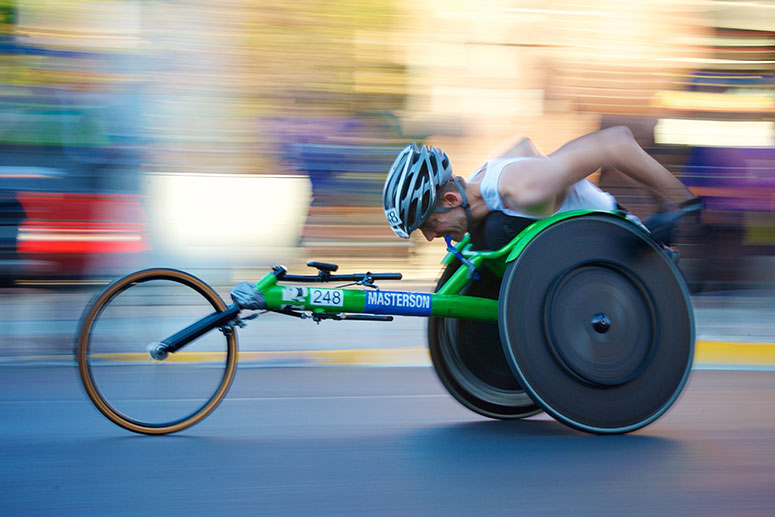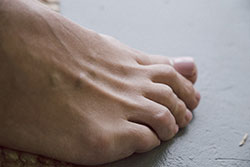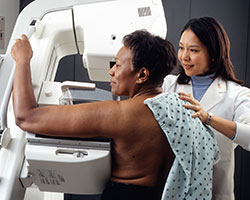'Several studies on stroke patients, for instance, have shown that visualisation speeds up recovery.'

Does your brain distinguish real from imaginary?
David R. Hamilton PhD shares some insight in his article: Real vs Imaginary in the Brain and Body.
"Earlier this year I spoke at a corporate conference, something I enjoy doing as I get to share science that gives extra credibility to self-improvement strategies. Sally Gunnell spoke first. She won the 1992 Olympic Gold medal in the 400m hurdles. Sally explained that winning gold was 70% mental. After failing to win at the 1991 world championships she started practicing visualisation. She did it every day, imagining sprinting, hurdling, and even having the strength to hang on in the home straight.
Through visualising like this, her brain would have undergone changes that improved her muscles, giving her body the capacity to do what she had been imagining.
You can apply the exact same technique in your own life to improve your ability in sports, and even in rehabilitation after illness or injury should you need to. Several studies on stroke patients, for instance, have shown that visualisation speeds up recovery.
 People all around the world also use visualisation to imagine themselves healed or healing from illness and disease. The strategy involves focusing on wellness instead of illness.
You can even use visualisation to give you extra confidence. You can imagine yourself in a situation where you would usually be lacking but see yourself acting with confidence, conveying the body language of confidence.
People all around the world also use visualisation to imagine themselves healed or healing from illness and disease. The strategy involves focusing on wellness instead of illness.
You can even use visualisation to give you extra confidence. You can imagine yourself in a situation where you would usually be lacking but see yourself acting with confidence, conveying the body language of confidence.
Whatever you apply visualisation to, you have more of an ability to shape your brain circuits and the physiology and health of your body than most people think."
Published by David R. Hamilton PhD
Real vs Imaginary in the Brain and Body
The famous ‘piano study’ is an excellent example from neuroscience. Researchers at Harvard  University, led by Alvaro Pascual-Leone, compared the brains of people playing a sequence of notes on a piano with the brains of people imagining playing the notes. The region of the brain connected to the finger muscles was found to have changed to the same degree in both groups of people, regardless of whether they struck the keys physically or mentally.
University, led by Alvaro Pascual-Leone, compared the brains of people playing a sequence of notes on a piano with the brains of people imagining playing the notes. The region of the brain connected to the finger muscles was found to have changed to the same degree in both groups of people, regardless of whether they struck the keys physically or mentally.
It is this phenomenon – the fact that the brain processes imaginary as if it were real – that allows sports people to benefit from visualisation practices. Several studies have shown that players can improve on their golf shots, tennis strokes, net shots in basketball, ice skating, football, or just about anything. Studies have shown people increasing their muscle strength by imagining themselves flexing muscles or lifting weights. In a study, for example, at the Lerner Research Institute in Cleveland, imagining flexing the little finger for 15 minutes daily for 3 months was shown to increase muscle strength by 35% … and the volunteers hadn’t even lifted a finger.












